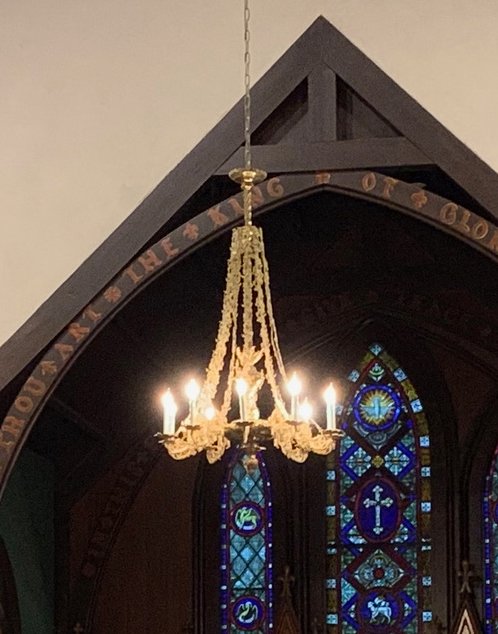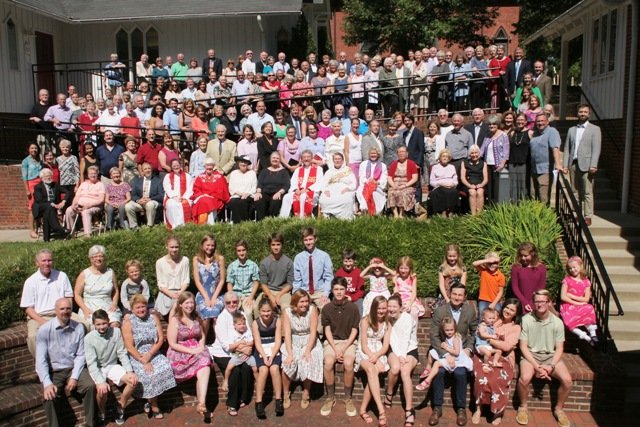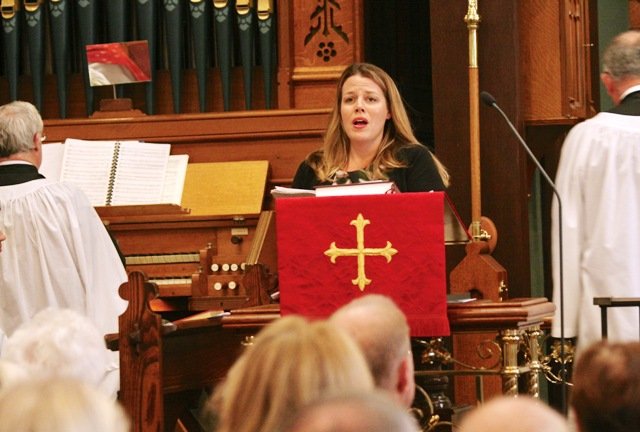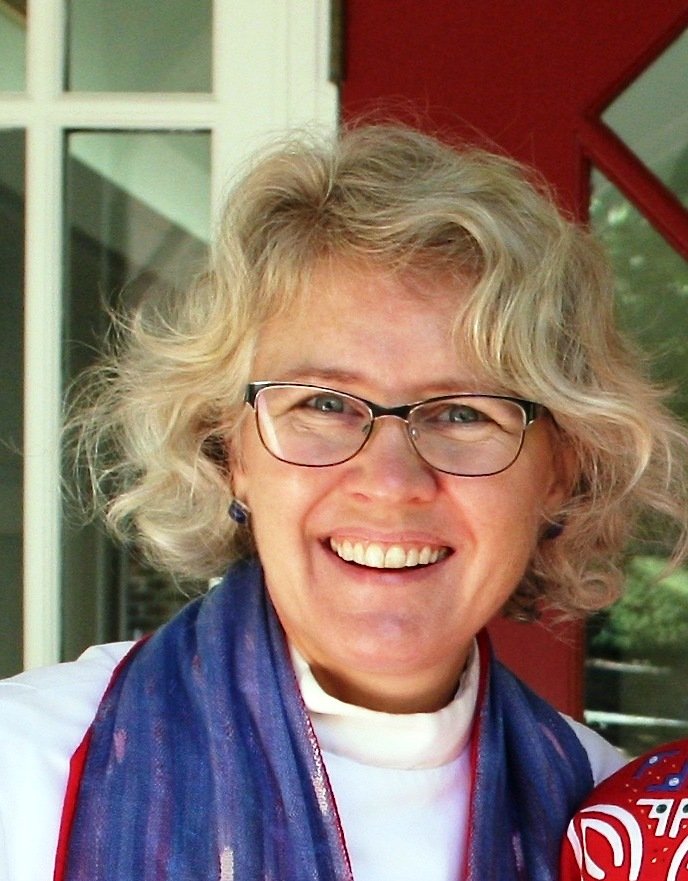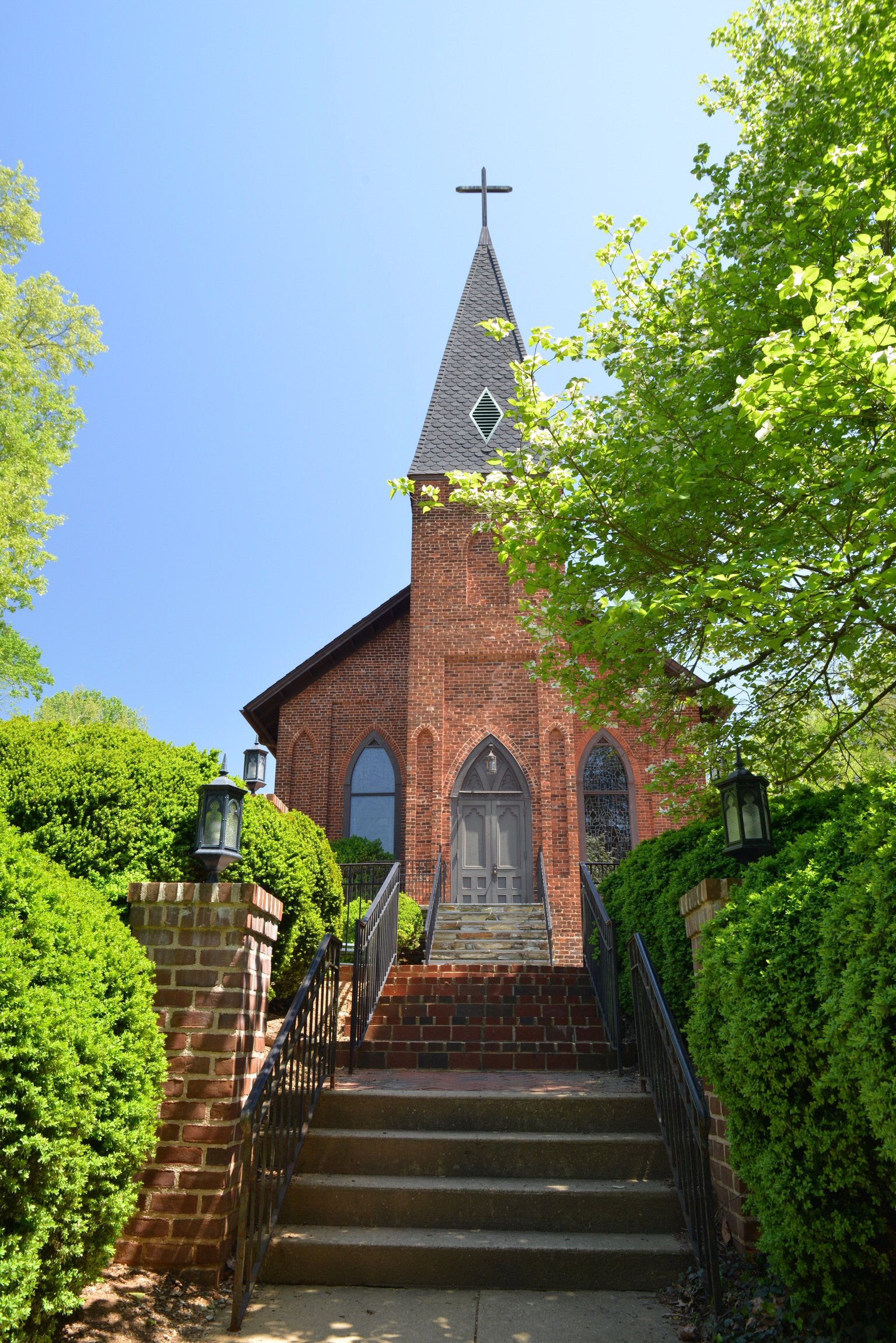
Our History
The Church
The General Assembly of North Carolina originally constituted St. Matthew’s Parish in 1752 as the established church in the County of Orange. The parish was reorganized in 1824, and the present church building was begun in 1825 and completed in 1826. It was consecrated by the Right Reverend John Stark Ravenscroft, the first Episcopal Bishop of North Carolina on May 21, 1826.
St. Matthew’s Church stands on a small rise above the edge of town on land given to the church by Chief Justice Thomas Ruffin. Romantic tales tell of Ruffin’s courtship of Anne Kirkland from neighboring Ayr Mount on the site where the church was built. The first church of St. Matthew’s Parish, a pre-Revolutionary War Anglican church, had been built in Hillsborough about 1768 where the Presbyterian Church is now. The site of Provincial Congress meetings (1775), it was renovated as the Hillsborough Academy after the war. Additionally, the building was used as a union meeting house by all denominations until it deteriorated with time.
The old clock that is now on the Courthouse was originally a gift to the first St. Matthew’s Church from King George III.
The families of St. Matthew’s Parish reorganized in early 1824. William Mercer Green, who later became the Bishop of Mississippi, was called in 1825 to serve as the church’s first minister. Prominent local North Carolinians involved in building the new church included Francis Lister Hawks, grandson of the architect of Tryon Palace in New Bern; William Nichols, well-known state architect; and John Berry, a highly respected brick-maker and builder in the Piedmont. The ladies of the church, through the efforts of a Working Society, paid the church’s debt for the bricks in 1826.
The new church was originally simple in form. The tower and steeple were added over time, also supported by the work of the ladies of the church.
In the late 1860s some significant changes took place when a recessed chancel was added to the east wall with rooms for the organ, the altar, and a vesting room, as well as a new roof, the Triptych stained glass windows, and new pews. These were also funded by the ladies who reorganized after the Civil War as the Ladies Sewing Society under the leadership of Miss Lizzie Jones. The Society met weekly to create fine needlework which was sold across North Carolina, the South, and in larger Northern cities for the benefit of the church.
Letters of the period indicate that William Nichols, principal architect of the old state capital which was burned in 1831, designed the present structure. As far as we are able to learn, St. Matthew’s is the oldest Gothic Revival church building still standing in North Carolina. Nichols worked mainly in the Greek Revival idiom, but he knew Gothic work from both his native England as well as from visits to the northern United States. Nichols also designed Hillsborough’s Masonic Hall (1823). He left North Carolina in 1827 to work throughout the South, and died in Mississippi in 1853. Nichols is being increasingly recognized as one of the South’s finest antebellum architects.
There were others involved in the building of St. Matthew’s Church. As St. Matthew’s first Senior Warden, Francis Lister Hawks, grandson of the architect of Tryon Palace, likely had a great deal of input regarding the building. Walker Anderson, who was a member of the first vestry and who was the nephew of the great North Carolina jurist-legislator, Duncan Cameron, seems to have been the real project director. The master mason was Samuel Hancock, under whose hand John Berry, prominent local architect/builder, learned his skills. The church building was thoroughly renovated and restored in 2007-2008 and rededicated on St. Matthew’s Day, September 21, 2008.
The Bell
A new bell was hung in the tower after the Civil War. It was given by Mary DeRosset Curtis, widow of the Rev. Moses Ashley Curtis, as a Confederate Memorial for their son, John Henry Curtis and his brothers-in-arms. The young men were killed in the Battle of Bentonville, the last battle of the Civil War in North Carolina, and several of them were buried in St. Matthew’s Churchyard. The bell, originally made by the McShane Bell Foundry of Baltimore, Maryland, and restored by them in 2012, was rung for the first time on Easter, 1878. It has been rung every Sunday since. Visitors will see a marble plaque in the narthex of the church, and they are welcome to ring the bell.
The Organ
Known for its beauty and sweetness of sound, the 1883 Hook and Hastings tracker-action pipe organ, Opus number 1169, was purchased for $1,040 by the Ladies of the Sewing Society for Miss Lizzie Jones, who served as organist for over fifty years. It has seven ranks of pipes and is affectionately known as “Miss Lizzie” in honor of its first organist. The organ is housed in an oak case. It was disassembled and removed from the church building on June 2, 2004 and completely restored by John Farmer, Pipe Organ Builders of Winston-Salem, North Carolina. The organ returned to a newly refurbished organ room and was rededicated to God’s service on May 5, 2005. The facade pipes were re-stenciled in original colors.
Organ photo © Alex Armstrong
The Chandeliers
The chandeliers, dating from as early as 1914, are reproductions of a mid-1800s chandelier from, Philadelphia. A Winterthur catalog showing a similar chandelier referenced Aesop’s Fable of the Fox and the Grapes. The grape leaf motif represents sacramental wine. The chandeliers were electrified in 1917, a memorial gift of William C. Ruffin. Throughout the church, in the windows, and at the altar, there are many other memorial gifts, some of which include religious symbolism.
2020 marks the 75th anniversary of the end of WWII. The postwar era was one of rapid social change that posed opportunities and challenges for St. Matthew’s, the wider Episcopal Church, and the nation at large. This study focuses on some of the people and events that brought St. Matthew’s through those transitional years to begin to form a more fully engaged and inclusive community.
In his paper, Allen Cronenberg relates the wartime service of Elizabeth Collins (1912-2002) and Peggy Trull (1919-2011), who returned to St. Matthew’s and would later serve as the first woman on the Vestry and the first woman Senior Warden, respectively. Their stories are part of a larger sequence of events at St. Matthew’s and in the national church that called for faithful attention.
Download a PDF of parishioner memories and responses to Allen’s paper.
“In his posted paper, Allen Cronenberg relates the wartime service of Elizabeth Collins (1912-2002) and Peggy Trull (1919-2011), who returned to St. Matthew’s and would later serve as the first woman on the Vestry and the first woman Senior Warden, respectively. Their stories are part of a larger sequence of events at St. Matthew’s and in the national church that called for faithful attention. ”
St. Matthew’s Episcopal Church is listed in the National Register of Historic Places. Learn more by downloading the resources below.
-

A Sermon-Sketch of the History of St. Matthew's Parish
Delivered by the Rev. Joseph W. Murphy on September 21 and October 5, 1890 (published 1900).
-

Engaging Changes and Transitions: St. Matthew’s, 1945-1990
A Spring Heritage Offering by Allen Cronenberg for the Parish Archives and History Committee, May 2020
27 Year Celebration
September 2017
Saturday, September 23, 2017, we held the 2nd part of our 3-part 27 years celebration to honor the 27 years Dr. N. Brooks Graebner and his wife, Chris, served St. Matthew’s as Rector and first lady.
A Service of Remembrance
February 2019
“On Sunday, February 10, 2019 at 5:00 pm in the church, we participated in a similar service of remembrance, holding up and giving thanks for the lives of African Americans connected to St. Matthew’s in the 1800s. Their stories are difficult; they involve hardship and suffering, enslavement and oppression. They also witness to courage, diligence, perseverance, love, faith, beauty and hope. And they are important to remember because, like our liturgy, they show us who we have been, who we are now, and who God is calling us to be. ”
At the center of our liturgy is remembrance. We remember the life, death, and resurrection of Christ, because we believe such retelling shapes our present and our future. It’s critical to our understanding of ourselves as the body of Christ, past, present and into the future.
Download a PDF of ‘A Service of Remembrance, February 10, 2019’





